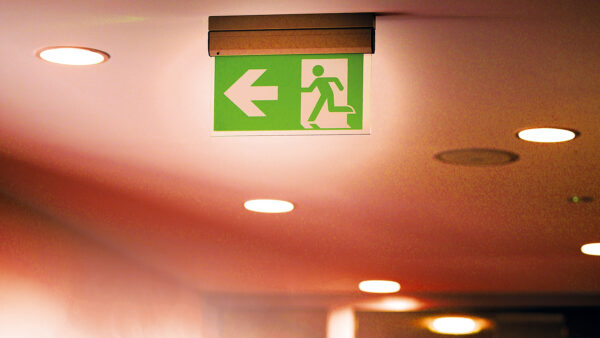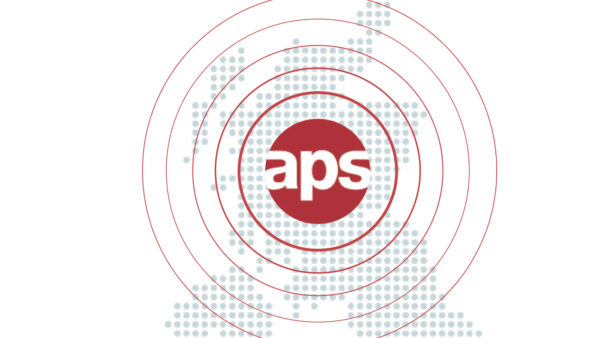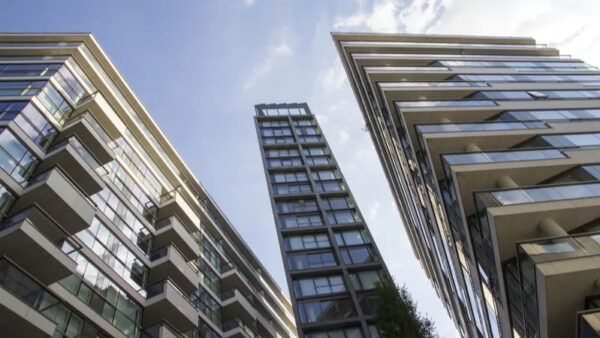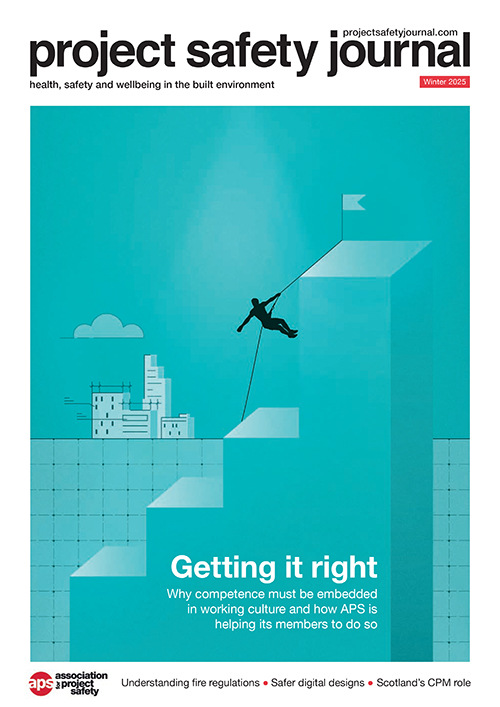
Anthony Taylor, chair of the Building Safety Alliance, introduces new guidance for all dutyholders involved in the design, construction or management of higher-risk buildings.
We have heard an awful lot about what the golden thread really is – not least through webinars and promo leaflets from IT platform providers claiming that their system does it all!
The concept has been in gestation for a long time in the guise of government’s drive to a digital economy. We have also had building information modelling (BIM), digital twins and other proposals for several years, increasing in sophistication.
As a result of Dame Judith Hackitt’s report on the failures which led to the tragedy of Grenfell, much effort has gone into devising a system to manage and maintain processes and information to assure safe buildings are delivered, then managed and maintained properly for their whole life cycle.
Bringing the golden thread into existence
As the building safety bill was being developed, finally becoming the Building Safety Act 2022 (BSA), so was work to bring a golden thread of information into a practical existence.
This was described early on as:
- The information about a building that allows someone to understand a building and keep it safe.
- The information management systems and processes to ensure the information is accurate, easily understandable, can be accessed by those who need it and is up to date.
It was also decided that this was to be totally electronic, and maintained in a format so that the information (data and documents) could be transferred between IT systems with “ease”.
Given the very rapid development across the IT environment, this was never going to be easy. Major projects have long had significant dependence on the transfer of digital information – using task-specific systems to manage design, clash-detection, BIM and the collation of operation and maintenance (O&M) manuals and health and safety (H&S) files etc, from paper-based through floppy disks, CD, DVD, networks and the cloud.
However the ‘in occupation’ teams have been focused on completely different task-specific platforms, including those used to manage maintenance contractors, the financial side of property management, delivery of facility management services and ‘compliance’ across all of them.
Haphazard information sharing
We also have a very real issue where design and construction information has traditionally been collated through work packages (the contract arrangements through which the work was let) and delivered to occupiers in a manner that suited these arrangements – inconsistent, unstructured and haphazard information sharing, based on pot luck principles.
Information was commonly labelled “as designed” or “for construction” as opposed to being signed off as “as constructed” (or similar). This left the occupiers with the problem of sifting through significant volumes of digital files looking for the precise information they needed to deliver their function(s) – and potentially with the obligation to double-check the information they had been given was up to date and accurate – or trying to fill gaps where the information doesn’t exist.
Furthermore, very few occupier teams currently have the resources or the know-how to use BIM, so this information often becomes out of date/inaccurate almost immediately as the occupier teams take on their responsibilities, and have to go off and populate afresh whatever their platform requires to deliver their obligations.
No magic bullet
The golden thread requirements are designed to meet all these frustrations.This will not be a magic bullet but, when implemented properly, will help manage building safety risk better and then evidence how the risks are being managed – giving greater confidence about building safety and delivering clear accountability.
There is clear law through the Higher-Risk Buildings (Keeping and Provision of Information etc) (England) Regulations 2023, which set out at high level what the golden thread content is expected to be.
In August 2024, the Construction Leadership Council and the Building Advisory Committee jointly published Delivering the Golden Thread: Guidance for Dutyholders and Accountable Persons. This is relevant for all dutyholders involved in the design, construction or management of higher-risk buildings (HRBs) and is free to download at www.constructionleadershipcouncil.co.uk/wp-content/uploads/2024/08/CLC-Golden-Thread-Guidance.pdf.
Detailed guidance
More information was published in April 2025 by the Building Safety Alliance, a charity devoted to providing guidance to the “occupied residential sector” at https://buildingsafetyalliance.org.uk.
This guidance is more detailed and includes a list of information required by the BSA and Fire Safety Act 2021, with reference to where in the law the information is required (helpful if challenged by those having to pay to manage the golden thread).
It also has Uniclass codes (www.thenbs.com/our-tools/uniclass) to assist in the assignation and transfer of documents, and guidance for data managers responsible for uploading the data to an IT platform.
Developed through cross-sector collaboration, the guidance is in three parts, and includes some of the most relevant requirements of the BSA to support those responsible for management of HRBs.
Two distinct matters
All in all, the golden thread legal requirements are intended to be focused on two distinct matters:
First, during the design and construction phase, to retain the evidence that the building was both designed and constructed in full compliance with building regulations.
It is required, and will be reviewed, as part of the Gateway 3 (application for completion certificate) by the Building Safety Regulator, the building control authority for all “building works” to construct a new HRB, or in regard to work undertaken within an existing one.
Part of this application also includes the requirement for the golden thread information, which must be: “provided in such a way as to retain the filing structure in which it was kept, including each index, key or other information logically associated with it and in a format which enables the relevant person to read, keep and update the information”.
The person who receives it [accountable person (AP) or responsible person (RP)] “must give the client a notice acknowledging receipt of the specified golden thread information which confirms:
(a) they are able to access the information, and
(b) the information provided is sufficient to enable them to understand, operate and maintain the building (and the fire safety systems in it) after the building work”.
Without the above declaration the project delivery team will not get completion, and any “relevant person” – which could include a number of responsible persons in a mixed-use residential building as well as the (principal) accountable person [(P)AP] – would be foolish not to audit the information to establish it is what they need in a format they can work with, before taking responsibility for it.
Second, during the lifecycle of the management/occupation of the building, to provide the information the dutyholders (the (P)AP and any they employ to assist them in executing their duties) need to execute their duty to manage “building safety risk” (spread of fire, and structural safety).
Best practice
However, much of the guidance on offer will advise those managing HRBs that if you have a working system to deliver the golden thread, in relation to management of building safety risk, there is always the opportunity to use the same system for managing all the other risks (eg, health and safety related) required by other laws – indeed it is, in the opinion of the author, recognised best practice.
If you have a wide portfolio of buildings for which you have to keep a golden thread for each – well, that too is another story, with complications, and needs considerable planning.
Similarly, given the significantly increased liabilities brought into existence by the BSA and its more than 30 or so regulations, why would you not keep a “digital record” of your work, whether or not it relates to an HRB and requires a golden thread.
For further guidance on the golden thread, or the need for a digital record, contact the author or the Building Safety Alliance at [email protected].
Register to watch Taylor discuss the golden thread guidance on our CPD webinar on 18 June. The webinar will be broadcast live, but will be recorded and made available for watch on demand shortly after.












